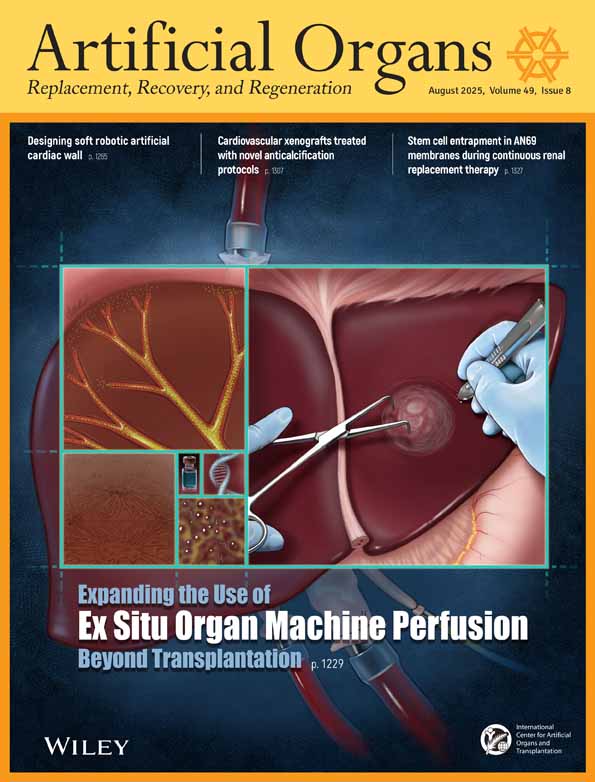Comparative Blood Flow Study of Arteriovenous Fistulae in Canine Femoral Arteries: Modified Latero-Lateral and End-Lateral Techniques
Abstract
Abstract: The aim of this study was to evaluate the blood flow of an arteriovenous fistula comparing the modified latero-lateral (LLM) and end-lateral (TL) techniques in canine femoral arteries. Ten mongrel dogs were submitted to 2 arteriovenous fistulae each, with a LLM on one side and a TL procedure on the other side. Cranial and caudal average blood flow as well as average venous flow were measured by an electronic fluxometer 15, 20, and 25 min after surgery. Mann-Whitney, Friedman, and Wilcoxon nonparametric tests were used for data analysis (α≤ 0,05). Femoral artery flow, cranial to the fistula, was increased 5½ times in both groups. In the femoral artery caudal to the fistula, the flow in the majority of the animals was reversed 1.3 times using the TL technique and 2 times using the LLM technique. The average flow in the cranial vein was statistically different with an improved flow of 7.4 times versus 6.8 times for the LLM technique. These results suggest that LLM arteriovenous fistula in dogs leads to a larger venous flow than in the TL arteriovenous fistula and the reverse caudal arterial flow in the latero-lateral technique. The flow behavior (laminar or turbulent) in the 2 types of arteriovenous fistula was studied in terms of singular head loss.




